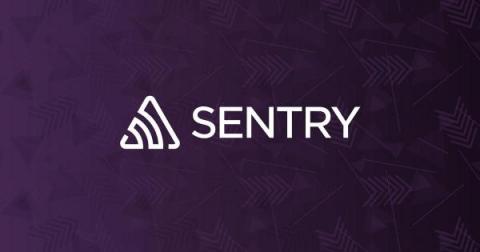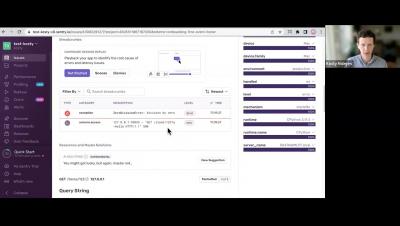Operations | Monitoring | ITSM | DevOps | Cloud
Sentry
July Product Updates for Sentry
During the past month of July, the Sentry dev team dropped new capabilities to help you better understand, prioritize, and respond to errors and performance problems. From new ways of sorting priority issues to helping you be more proactive in identifying problems earlier in the dev lifecycle, we’ve picked a handful of recent releases to dive into. Plus we’ll highlight a couple of new integrations with our friends at Slack and Atlassian.
Debugging React Native Apps End-to-End: AMA with Experts from Meta and Sentry
Using Code Coverage to Develop Code Faster | Snack of the Week
Harnessing Distributed Tracing for Application Performance Optimization
Distributed tracing is a powerful technique that allows you to track the flow and timing of requests as they navigate through a system. By linking operations and requests between multiple services, distributed tracing provides valuable insights into system performance and helps identify bottlenecks. In this blog post, we will delve into the benefits of distributed tracing, explore its relevance for various application architectures, and uncover how it operates behind the scenes.
5 Signs You Have Outgrown Your Mobile Monitoring Solution
Imagine you start a new hobby — let’s say bike riding. You don’t want to invest a lot in a bike because you’re not sure that you’ll like it. Luckily, you snag a free bike from a friend — it’s clunky, but the price is right. You start out with short rides around your neighborhood and eventually find yourself riding every day, going on longer and longer rides. Your free, heavy bike is holding you back.
Sentry in Six Minutes
Wondering what Sentry can do to keep you updated on actionable ways to improve your application? Check out this quick overview of Sentry's biggest features, then request a demo: https://sentry.io/demo/
June Product Updates for Sentry
Get ready for another round of new releases that will help take your performance and error troubleshooting to the next level. Over the past month of June, we’ve launched a variety of new features that give you more flexibility in managing code coverage, help get to root cause faster, and streamline your everyday usage of Sentry. Here’s the list.










